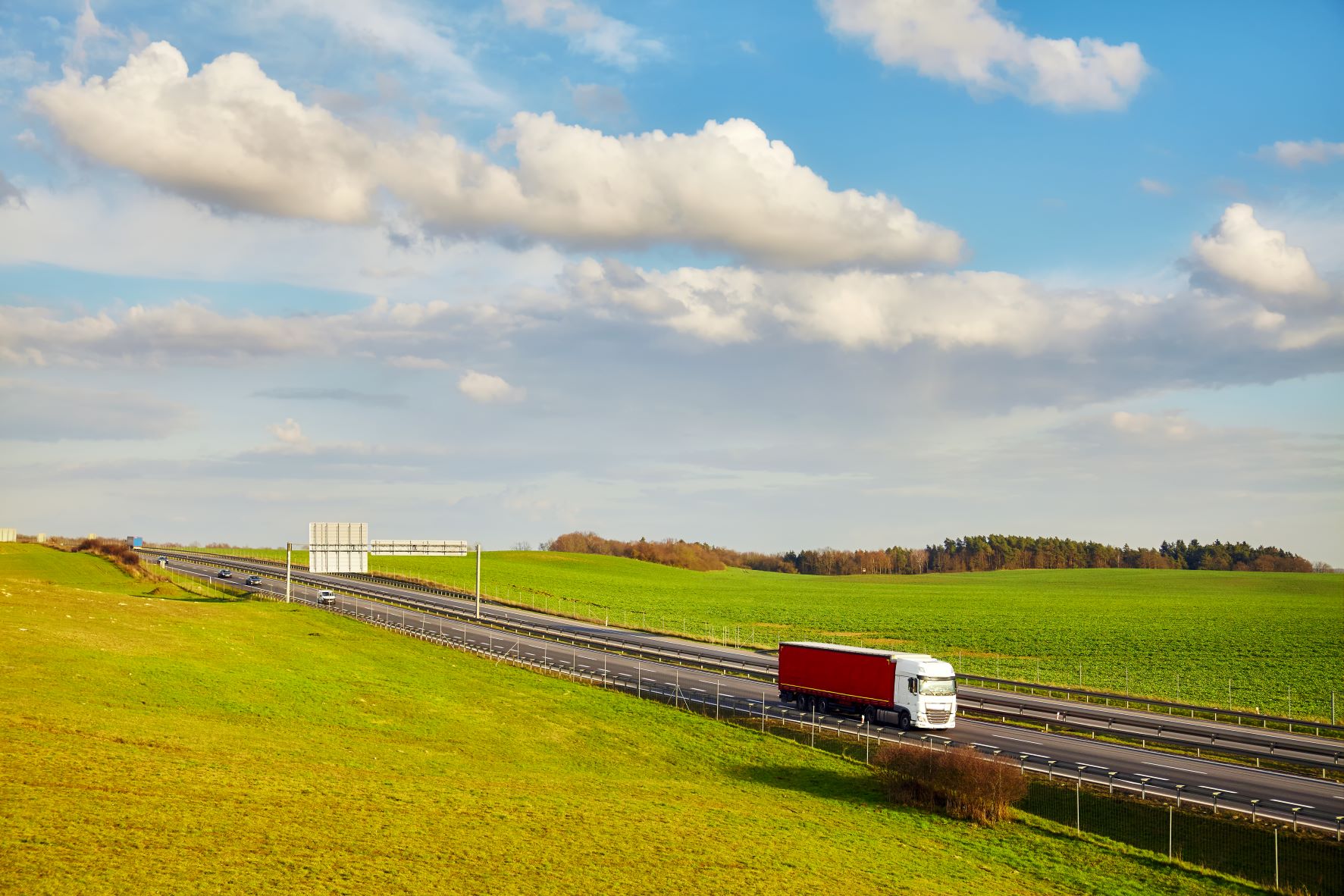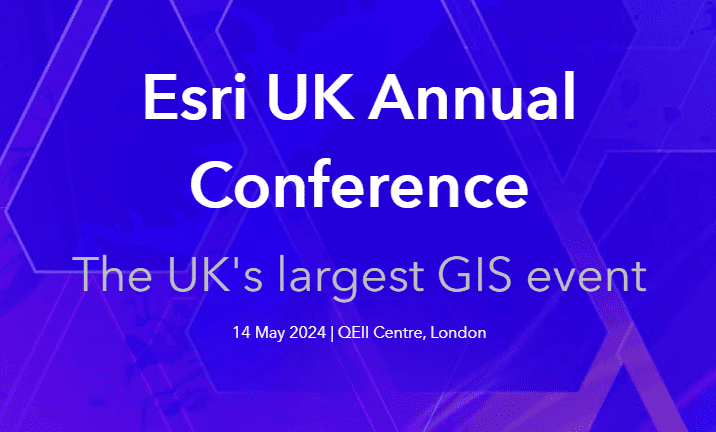Geospatial Technology: Applications and Benefits

Mobile devices, social media location tags, and satellite images (such as those you would see in the Google Maps app on an iPhone or Android) share common data-driven by geospatial data and related analytical tools.
Take Google Earth, for example. Information from the satellites, cameras, and software programs used by Google Earth is used to research terrain beyond a simple camera image.
Collecting specific latitude and longitude measurements is a small portion of what these tools are designed to do. This information is used to better understand spatial and temporal patterns in the geographical space.
Some of the more practical applications for geospatial technology involve the use of geographical information systems to pinpoint locations for things like driving directions, Uber/Lyft, metadata for social media, and more.
But geospatial information systems and geospatial technology go beyond your average ride-hailing and location search needs. Many industries implement the tools offered by geospatial technology in their line of business to a variety of ends.
Geospatial Technology Applications
Supply Chain Management
When a business is trying to keep track of its inventory and supply needs, they need to have the necessary tools for tracking how and when supply replenishment will arrive.
When a business can keep track of inventory and shipments with geospatial technology, the supply chain grows, efficiency improves, and business costs are reduced.
Consider a restaurant that relies on a bi-weekly produce delivery company for their supply needs. As a restaurant manager, you wouldn’t want to lose product due to spoilage or something going missing. So how do you keep track of those orders when they aren’t in your hands yet?
At different points in the shipping process, geospatial technology can be used to help a restaurant owner monitor the freshness of the produce along the way. Having the chance to recognise something is wrong with the shipment before it arrives will help save time and money associated with losing the produce and having to wait for the new produce to arrive.
Insurance and Risk-Based Assessments
What is the potential that a licensed and insured driver will drive through a high-risk traffic area? What are the chances that the crime rate will rise in a certain neighborhood? How many natural calamities occur in a location every year?
Geospatial technology is used by insurance companies as a predictive model for risk-based assessments. If a certain location has a track record of things like frequent traffic accidents, high crime rates, etc., insurance companies can determine that may be a maximum risk area and define insurance policies specifically designed for that location.
Health and Human Services
When the healthcare system suspects an outbreak of a contagious/infectious disease in a certain location, location-based technology can assist in forming a course of action.
Identifying health trends in a specific area is just one practical use of geospatial technology in the health and human services space. If an emergency situation occurs in a specific area, healthcare professionals can use geospatial technology tools to not only pinpoint the area but also prioritise the patient care needed, any potential safety issues that may arise, and optimisation of work processes that may be disrupted without the right information on hand.
Digital Map Services
If you’re someone using anything from Google Maps to Uber, you can thank geospatial technology and geospatial information systems for improving the accuracy (and safety) of these services.
Lyft drivers, for example, use the shortest routes available given geospatial information provided on a map. There may be an accident or a stretch of construction on the main route, so a map would autocorrect to help the driver avoid that by rerouting them a different way.
Likewise, geographic information means that ride-hailing services like Uber and Lyft know where you and your driver are at all times, improving transparency and safety measures for all involved.
Benefits of Geospatial Technology
There are several benefits of geospatial technology for business or personal purposes.
- Improved decision-making with simplified data
- Citizen access means more transparency
- Improved communication measures are taken, especially when in crisis mode
- Managing available natural resources in a given area
- Better planning methods for risk-based scenarios, developments, or community changes
- Optimised business processes
With the ability to predict emergencies, make more informed decisions, and analyse historical data from locations provided in geospatial technology data, businesses can create data layers. They can place hyperfocus on data layers, compiling time-related concerns with the geospatial technology available for certain hours/days/weeks. They can also streamline operations with predictions on business risks and rewards.
Contact MGISS to See How Your Business Can Transform Digitally
Geospatial technology is an invaluable resource in day-to-day life and business as we now know it. At MGISS, we offer a broad range of geospatial mapping and data solutions across many industries.
Trusted by government agencies, environmental organisations, and private corporations, we aim to create a more sustainable future by increasing the efficiency and delivery of critical infrastructure services. We are passionate about protecting the environment and promoting cleaner growth.
Our solutions help to streamline field operations and drive smarter, more profitable decision-making while reducing the risk of regulatory fines, customer complaints, and reputational damage.
Contact us today to see how your business utilities, infrastructure, and environment can benefit from the professional use of geospatial technology.
About
With degrees in Geological Sciences and Geographical Information Systems, Darius has significant expertise and knowledge of Geospatial tech integration, specialising in high-accuracy mobile GIS deployment. Darius is the technical lead for IPAS and supports other large GIS-centric contracts in the utilities sector. Combining GIS development skills and years of customer insight he was able to create some of our leading solutions Z-Transform and DDMS for Highways.



